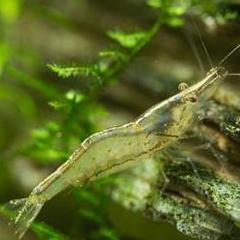New Library Article - Microworms - Live food culture
-
Similar Content
-
- 3 replies
- 2113 views
-
- 10 replies
- 4993 views
-
- 1 reply
- 2271 views
-
- 10 comments
- 4077 views
-
New Library Article - Live Fish Food Options and Culturing
By NoGi,
- live fish food
- live food
- (and 1 more)
- 10 replies
- 7254 views
-



Recommended Posts
Create an account or sign in to comment
You need to be a member in order to leave a comment
Create an account
Sign up for a new account in our community. It's easy!
Register a new accountSign in
Already have an account? Sign in here.
Sign In Now